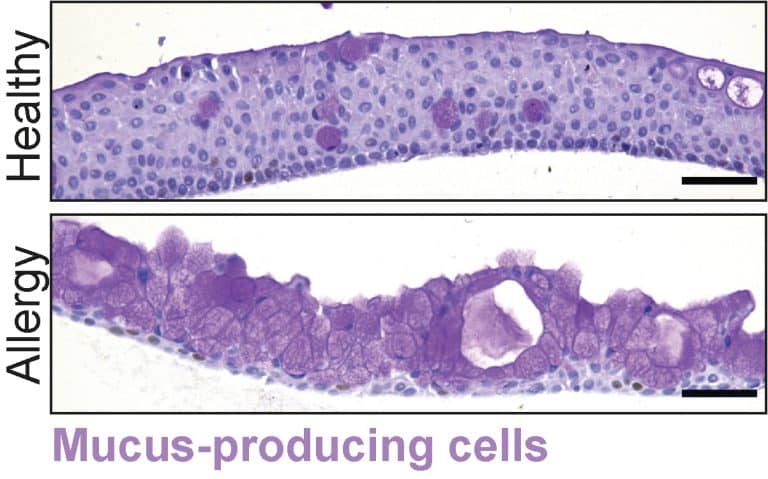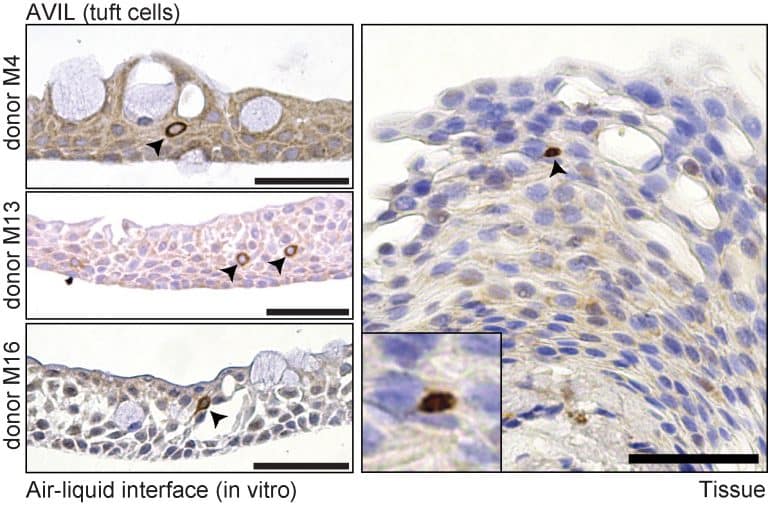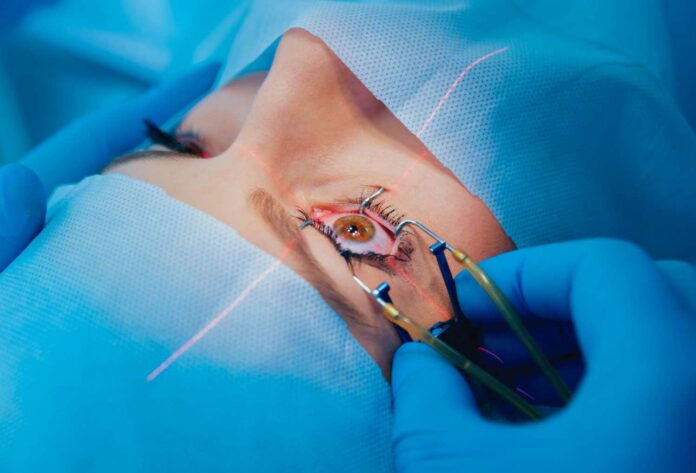The Organoid group made a tiny model of the human conjunctiva that works like the real thing. This tissue helps our eyes produce tears. Their model found a new cell type called tuft cells, which increase during allergy-like situations and might be linked to allergies. Now, with this model, scientists can test medicines for eye problems. The study was published in Cell Stem Cell on January 11, 2024.
Our eyes make tears to stay safe from harm and infections. The conjunctiva, covering the white part and inside our eyelids, helps make tears by releasing mucus. This mucus helps tears stick to the eye’s surface and shields it from germs.

The conjunctiva can get sick from various issues like dry eyes, cancer, allergies, and infections, sometimes causing blindness. We have yet to develop a good model of the human conjunctiva, making it hard to study and find treatments. So, there are few options to treat conjunctiva diseases.
Bannier-Hélaouët said,” The newly developed organoid model opens the door for research into diseases affecting the conjunctiva. We can use our model to test drugs for allergies or dry eye disease, for example. In collaboration with Mor Dickman and Vanessa LaPointe at MUMC+/UM in Maastricht, we are now running preclinical studies in rabbits to assess whether this approach is feasible and helpful,” Bannier-Hélaouët concludes.”

Cell therapies are needed to address inflammatory diseases and conjunctiva cancers causing blindness. Ophthalmologist Mor Dickman, specializing in corneal and stem cell transplantation, mentions the potential of using organoids for treatment. Initial tests on rabbits show promise, and there’s enthusiasm about collaborating with Prof Hans Clevers and the Organoid Group to bring this therapy to the clinic, say Mor Dickman and Vanessa LaPointe from the MERLN Institute for Technology-Inspired Regenerative Medicine in Maastricht.
In conclusion, researchers have successfully created the initial human conjunctiva model capable of producing tears in a dish. This breakthrough opens up new possibilities for studying eye-related conditions and developing potential treatments.
Journal reference:
- Marie Bannier-Hélaouët, Jeroen Korving, et al., Human conjunctiva organoids to study ocular surface homeostasis and disease. Cell Stem Cell. DOI: 10.1016/j.stem.2023.12.008.
